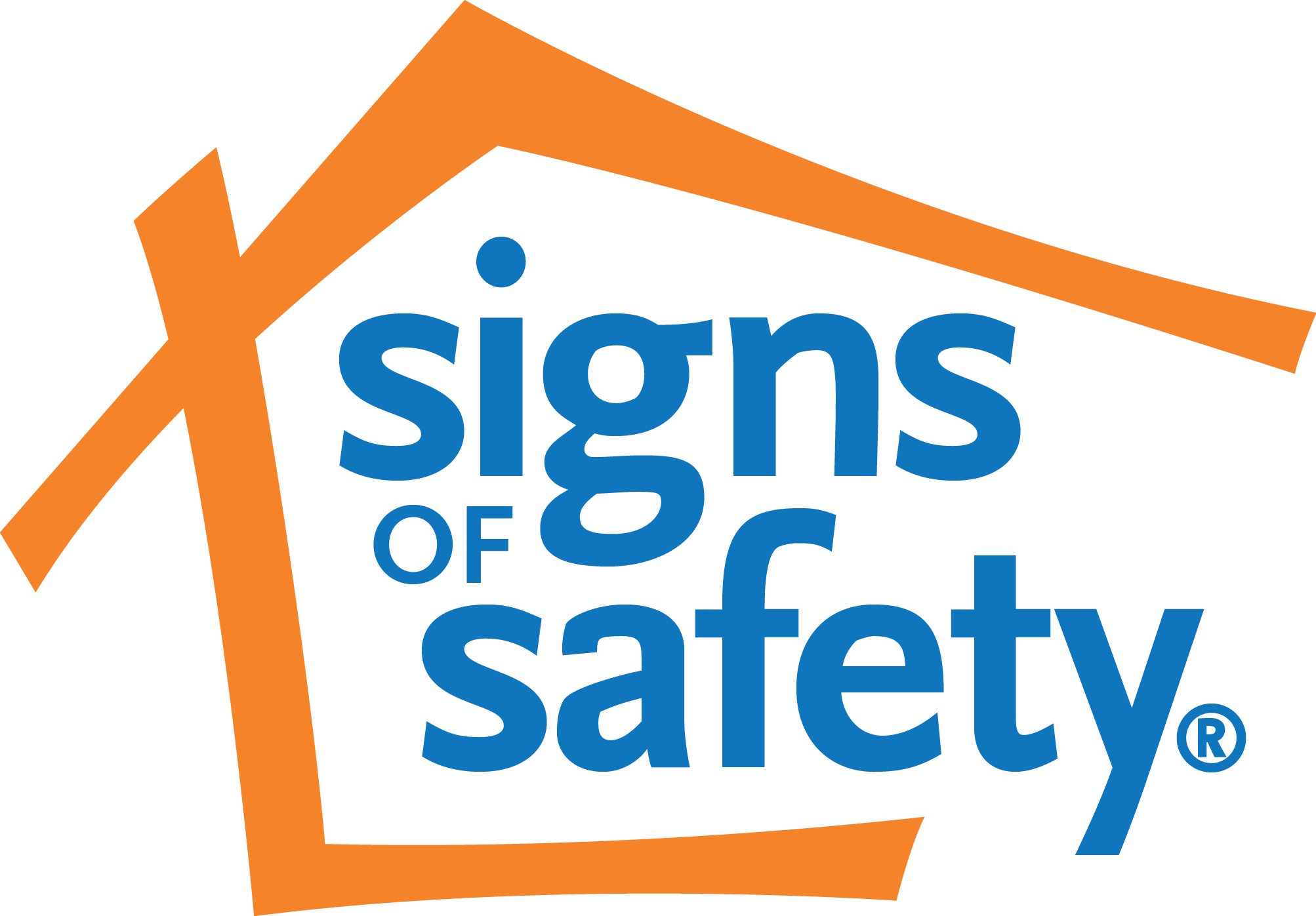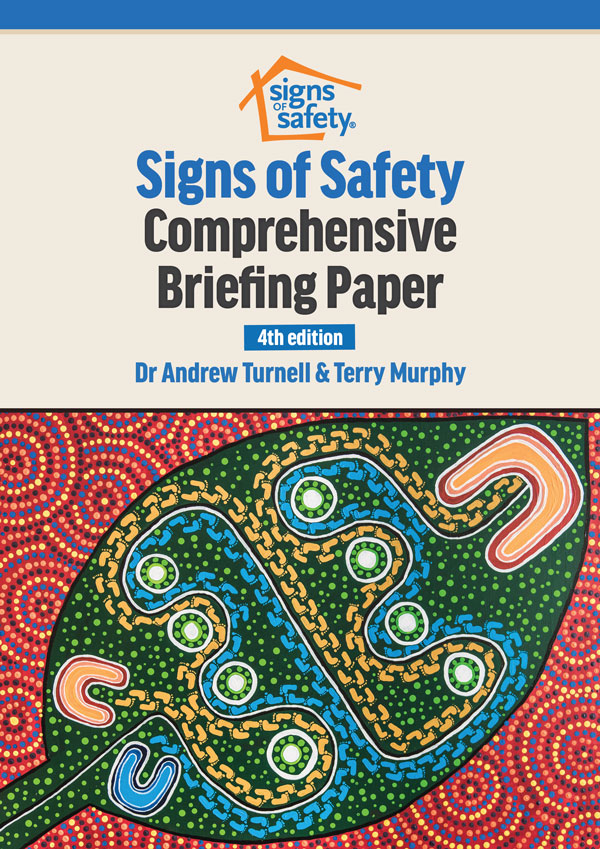Beschrijving
Chapter one begins by underlining what the whole endeavour is about: child safety. Chapter two locates the Signs of Safety within its values base by exploring the three core organising principles of the model. Chapter three offers a brief history of the Signs of Safety to provide the reader with some context about how and why the model was created. Chapter four details the international use of the approach together with the evidence base that supports it. Chapter five goes to the heart of the Signs of Safety practice framework, describing how it frames and undertakes the core child protection task of risk assessment and planning. Chapter six outlines the Signs of Safety Practice Theory of Change. Chapter seven looks at the tools the approach draws upon to locate children in the middle of the practice. Chapter eight looks at safety planning, which is the crux of the approach and all child protection work. The final two chapters focus on systems issues, with chapter nine looking at the learning theories and approaches that inform Signs of Safety being a vehicle for organisational learning and transformation; and chapter ten addressing the details of organisational implementation and leadership.
The Signs of Safety is a constantly evolving practitioner’s model and because of this, written material cannot usually keep up with the latest developments. The Briefing Paper, as a primarily digital document will be constantly updated and will therefore continue to provide the most up to date overview of the Signs of Safety as it continues to evolve.
Please note:
- This 90-page booklet is supplied as a digital download only (PDF)
Significant updates in the 4th edition:
- New case material in chapter 5 to present the Signs of Safety assessment framework and the safety planning practice that flows from it.
- Completely new chapter 6 that details the Signs of Safety Practice Theory of Change.
- Comprehensively revised chapters 9 and 10 detail the most recent developments in Signs of Safety organisational implementation.
Contents
Introduction: A Constantly Evolving Approach
1. Safety Organised Practice – The Goal is Always Child Safety
2. Three Core Principles of Signs of Safety
3. History: How Signs of Safety Evolved
4. International Use and Data
5. Signs of Safety Assessment and Planning – Risk Assessment as the Heart of Constructive Child Protection Practice
6. Signs of Safety Practice Theory of Change
7. Involving Children
8. Safety Planning
9. Signs of Safety as a Vehicle for Organisational Learning and Transformation
10. Signs of Safety Implementation – A Journey of Learning and Alignment

